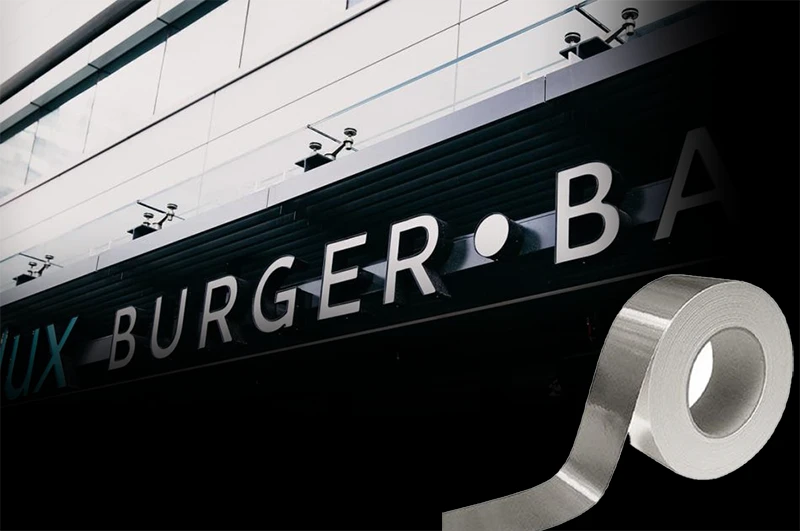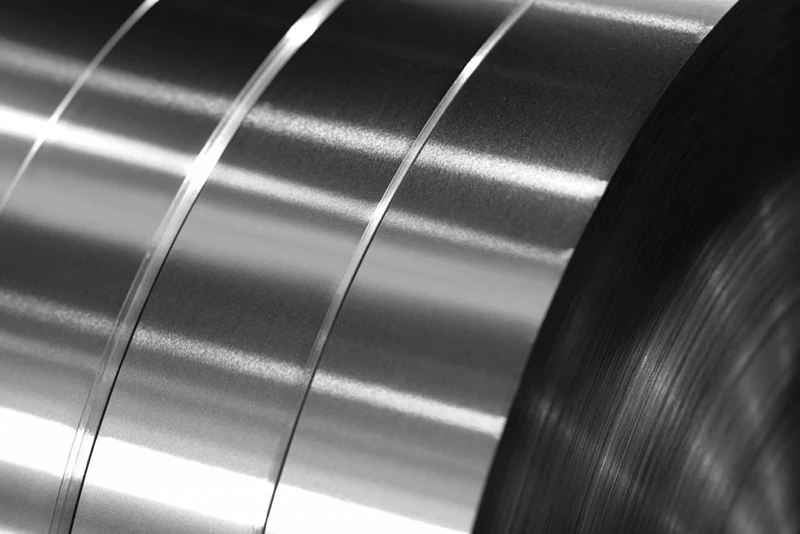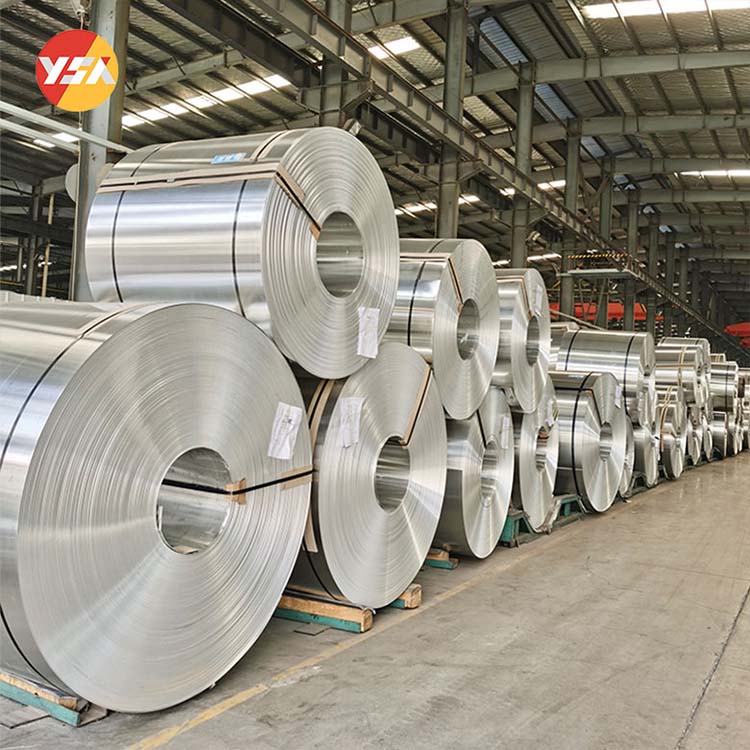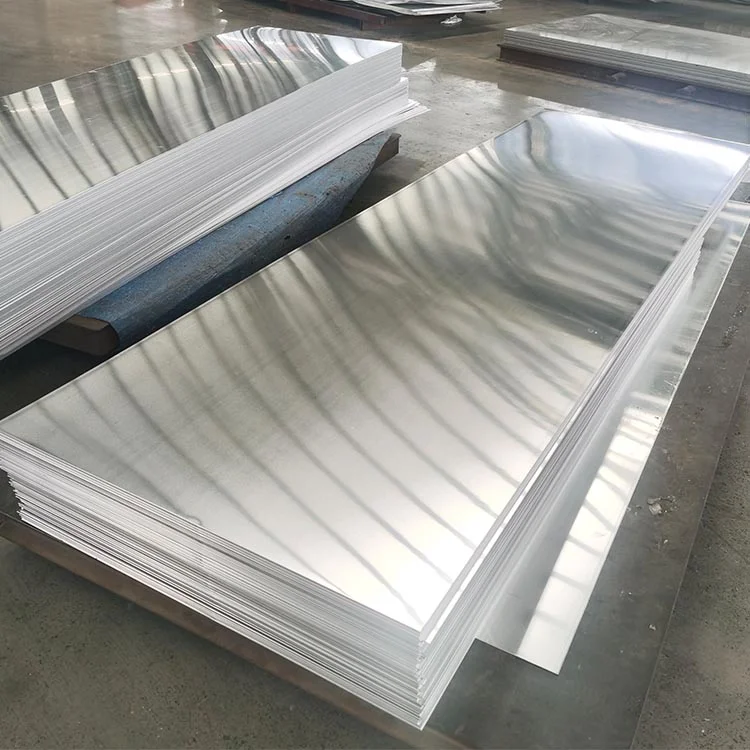Aluminum strips are a crucial component in LED lighting systems, particularly when used in light channels for LED strip lights. These thin strips of aluminum provide structural support, heat dissipation, and aesthetic enhancement, making them ideal for both residential and commercial lighting applications.

This guide will help you understand the key factors to consider when purchasing aluminum strip light channels, including material properties, design considerations, and application suitability.
Why Use Aluminum Strips for LED Light Channels?
Aluminum’s unique properties make it the ideal material for housing LED strip lights. Here’s why:
Superior Heat Dissipation
LEDs generate heat during operation, and poor thermal management can shorten their lifespan. Aluminum channels for LED strips act as heat sinks, drawing heat away from the LEDs and dispersing it efficiently, ensuring consistent performance.
Durability and Corrosion Resistance
Thin strips of aluminum are lightweight yet robust, resistant to rust, and suitable for both indoor and outdoor environments. They withstand moisture, UV exposure, and temperature fluctuations, making them ideal for harsh conditions.
Aesthetic Flexibility
Aluminum channels provide clean, streamlined designs. They can be painted, anodized, or powder-coated to match decor, while diffusers (e.g., frosted covers) enhance light uniformity.
Ease of Installation
Precision aluminum strip light channels feature mounting clips, adhesive backs, or screw holes for hassle-free installation on ceilings, walls, cabinetry, or automotive interiors.
Technical Specifications
When evaluating aluminum channel for LED strips, prioritize:
| Parameter | Why It Matters |
|---|---|
| Теплопроводность | Higher conductivity (≥160 W/m·K) prevents overheating. |
| Channel Length | Standard lengths: 1m, 2m; longer custom cuts reduce joints for seamless layouts. |
| Mounting Mechanism | Self-adhesive tape vs. screw mounts vs. magnetic clips for varied surfaces. |
| Certifications | RoHS, REACH, or UL listings ensure safety and environmental compliance. |
Keys For Buying Aluminum Strip Light Channels
Aluminum Grade And Thickness
Most aluminum strips for LED channels use 6063-T5 alloy, known for its excellent thermal conductivity and extrudability. Thickness typically ranges from 1.0mm to 2.0mm—thicker profiles (1.5mm+) are better for high-power LEDs.
Channel Profile Design
Common profiles include:
- U-Shaped Channels: Versatile for surface or recessed mounting.
- V-Slot Systems: Ideal for modular designs and mounting accessories.
- Corner/Right-Angle Profiles: Perfect for edge lighting and tight spaces.
Обработка поверхности
Opt for anodized aluminum strips (matte or glossy) for corrosion resistance. Powder-coated options add color customization but may slightly reduce thermal efficiency.
IP Rating
For outdoor or humid environments (e.g., bathrooms), choose IP65-rated aluminum LED channels with sealed end caps and waterproof gaskets.
Size Compatibility
Match the channel width to your LED strip (e.g., 8mm, 10mm, or 12mm). Check depth to ensure the strip + diffuser fits snugly.
How To Choose The Right Aluminum LED Channel Strips
When sourcing aluminum strips for LED applications, consider:
- Material Quality: High-grade aluminum (e.g., 6063 alloy) ensures durability.
- Customization Options: Look for suppliers offering tailored lengths, finishes, and profiles.
- Certifications: ISO, RoHS, and CE compliance guarantee product safety.
- MOQ & Lead Time: Ensure the supplier meets your project timeline and quantity needs.

Top 5 Mistakes to Avoid
Ignoring Heat Dissipation Needs
High-power LEDs require channels with sufficient surface area. Thin, low-grade aluminum strips may overheat and fail.
Poor Diffuser Selection
Clear covers cause glare, while overly thick diffusers dim output. Test samples for optimal brightness and scatter.
Mismatched Channel Sizes
A 10mm LED strip in an 8mm channel risks damage during installation. Always confirm measurements.
Neglecting Environmental Factors
Outdoor or industrial projects demand higher IP ratings and corrosion-resistant finishes.
Overlooking Installation Accessories
End caps, connectors, and mounting clips ensure a polished finish and durability.
Заключение
Selecting the right aluminum strip light channel is essential for optimizing LED performance, longevity, and aesthetics. By considering factors like material thickness, channel design, and mounting options, you can ensure a seamless installation for any lighting project.
For premium aluminum LED channels for LED strip lights, partner with a trusted supplier who offers high-quality, customizable solutions tailored to your needs.


